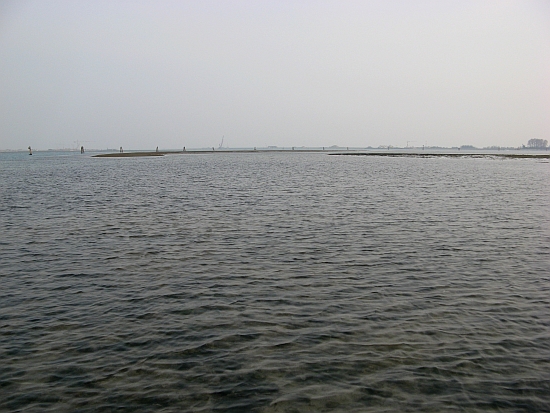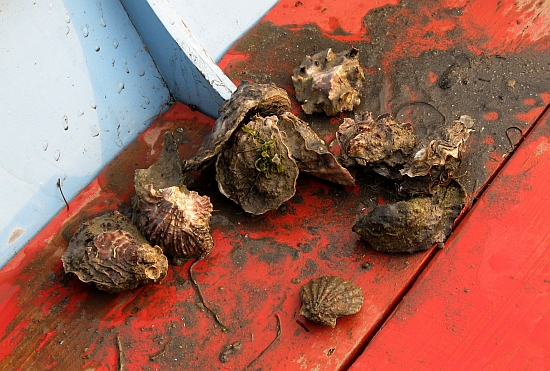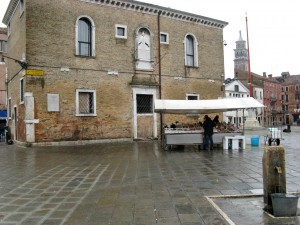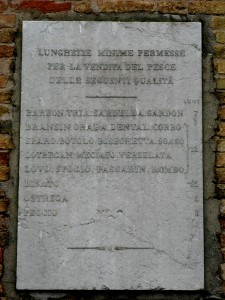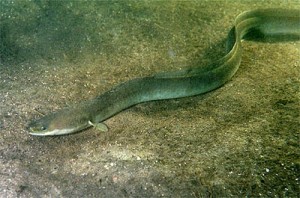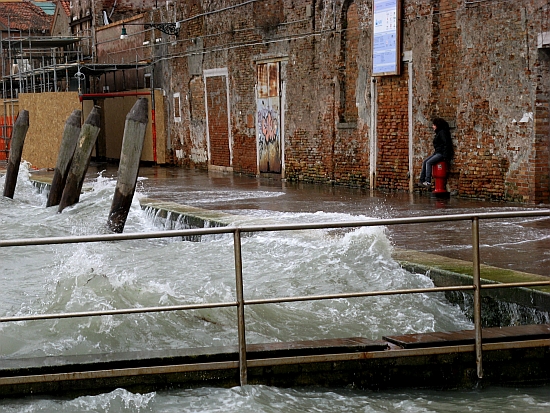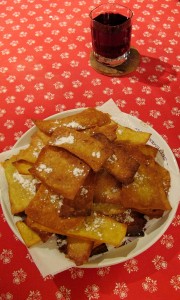There ought to be a special Venetian handshake, or greeting, or food (what? no special food??) to mark this little anniversary.
But I did hear something that sounded like a mystic knock at the year’s door, loud enough to be heard but perhaps not enough to be noticed.
The knock that struck ever so faintly on the old cochlea was delivered at the Rialto market. (You see? Of course food belongs in the picture. I was only testing you.)
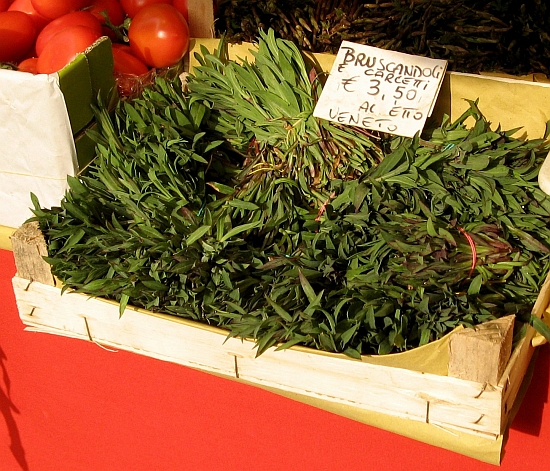
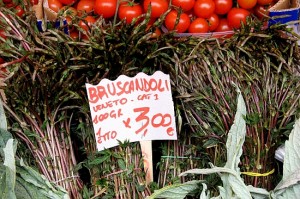
Instead of an occult greeting, there is an assortment of poetry passed on by the ancients to acknowledge the moment. Once again, it comes from the fathomless store of balladry that Lino memorized as a lad. If his teachers had had any notion that his brain was going to retain all this material far, far into the distant decades — maybe even forever — they might have wondered if it would have been better to have him memorize something else. Like algorithms, or the names of the then-68 member countries of the UN, or all the books of the Bible.
But poetry seems to have turned out to work better, because how often in any day or occasion would it be necessary, or even appreciated, to burst out with all the books of the Bible? Poetry, however, is always the Right Thing to say.
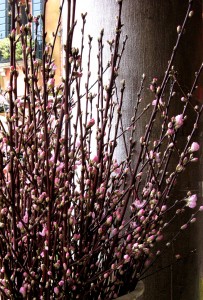
So this morning, like every March 21, was marked by a spontaneous recitation of the vernal poesy of Giovanni Pascoli and Angiolo Silvio Novaro. Read these to the mental music of blackbirds cantillating in the dawn, and the sound of the truck delivering the branches of peach blossoms from Sicily.
If I had time, I would research the reasons for selling peach blossoms, and not apple or apricot or almond or any other flowering tree. I myself would like to know the reasons, but for now I can only say that these are here because that’s what people do. “People” meaning the growers, sellers, and buyers. So don’t come asking for pear or loquat blossoms or any other frippery.
Valentino, by Giovanni Pascoli. Lino launches into it like greeting an old friend: “Oh! Valentino vestito di nuovo/come le brocche dei biancospini!/Solo, ai piedini provato dal rovo/porti la pelle de’ tuoi piedini…”

Then there are lines he doesn’t remember so I’ll skip those, then the conclusion and the link to March: “… e venne/Marzo, e tu magro contadinello/restasti a mezzo…ma nudi i piedi, come un uccello:/come l’uccello venuto dal mare,/che tra il ciliegio salta, e non sa/ch’oltre il beccare, il cantare, l’amare/ci sia qualch’altra felicita’.”
Valentino is a poor country boy whose widowed mother survives by selling the eggs from their chickens. Winter is brutally hard and he has outgrown the shoes she made for him. The poet compares his bare feet to those of a bird. But then in March come the first signs of spring, and he concludes, “like a bird that came from the sea, that leaps in the cherry tree, and doesn’t know that other than to eat, to sing, to love, there could be any other happiness.”
The second of these classics is a little paean to the soft rain of March, which makes the plants begin to bloom.
Che dice la pioggerellina di marzo? by Angiolo Silvio Novaro:
Che dice la pioggerellina di marzo/che picchia argentina/Sui tegoli vecchi/Del tetto, sui bruscoli secchi/Dell’orto, sul fico e sul moro/Ornati di gemmule d’oro?”
“What says the misty rain of March/that strikes silvery/On the old tiles/Of the roof, on the dry motes/Of the garden, on the fig and on the mulberry/Adorned with buds of gold?”
He goes on to say that winter is past, tomorrow spring will come out, trimmed with buds and frills,with bright sun, fresh violets, the beating of birds’ wings, nests, cries, swallows, and the stars of almond, white… The entire team, in other words, plus cheerleaders.
All this sounds much better in Italian, but in any language these poems and their ilk amount to a deep sigh of relief. Sometimes it’s not so much that spring is here, but that winter is gone. Less winter, more spring. If that doesn’t call for a poem, you may have a soul made of styrofoam.
No offense.



